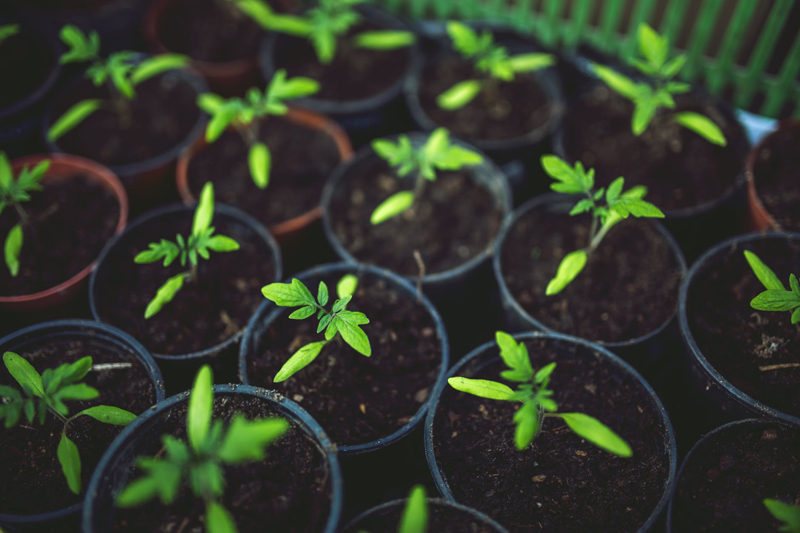Book Review - Hydrangeas for American Gardens

Hydrangeas have been a favorite of mine ever since I moved to an old farmhouse in the middle of Baltimore City and saw an old fashioned Mop Head Hydrangea in full, glorious bloom in the back yard. The plant was probably fifty years old and incredibly big and vigorous. This one plant sparked a passion that is still going strong over twenty years later.
Hydrangeas for American Gardens by Michael Dirr is the most comprehensive book available on Hydrangeas. This is not just another pretty coffee table book. If you are interested in Hydrangeas, you will probably frequently refer to the book’s in depth information on Hydrangeas.
The book gives extensive information on many of the cultivars available, but neglects to give extensive zone hardiness information. This oversight is particularly unfortunate, since the book is written for gardens here in the USA, where Texas gardens are in an extremely different climate from Maine gardens. However, the book does note some hardiness information in the descriptions of various cultivars and it also has several lists of plants that are hardy and aren’t hardy below zone 7.
The book begins with the standard information that any good book on a single plant species covers. It discusses taxonomy and nomenclature. However, don't let this scientific information put you off or make you feel the book will be too difficult to read. You can always move straight to chapter two.
I was pleased to see that chapter two of the book covers the usually neglected climbing hydrangea. I have a special fondness for these quiet, lush vines. Chapters three to ten continue to discuss hydrangea species, with chapter eleven covering some less common varieties. Chapter seven, Hydrangea macrophylla, includes an excellent cultivar chart that allows you to compare cultivars of these popular hydrangeas. A wonderful bonus in this book is the lovely colored pencil drawings scattered throughout these chapters.
Chapter twelve, Garden Care and Culture, discusses the best growing conditions for these plants. The section on flower color is particularly useful for those people longing for blue flowers on their pink bushes.
If you are interested in growing your own hydrangeas, don’t neglect the propagation advice in chapter thirteen. The information is simple enough for even a beginner to understand.
Chapter fourteen discusses pests and diseases, while fifteen covers a variety of additional information, such as how to cut blossoms. The final chapter covers the future of the hydrangea.
The book ends with a useful appendix of resources for anyone interested in tracking down some of the rarer cultivars.
I thoroughly enjoyed this exceptional book. It is a definitive guide for anyone interested in hydrangeas. I give Hydrangeas for American Gardens five out of five sunflowers.
About the book:
Title: Hydrangeas for American Gardens
Author: Michael A. Dirr
Publisher: Timber Press
ISBN: 0-88192-641-8
Price:$29.95
Pages: 236

Hydrangeas for American Gardens
Hydrangeas for American Gardens by Michael Dirr is the most comprehensive book available on Hydrangeas. This is not just another pretty coffee table book. If you are interested in Hydrangeas, you will probably frequently refer to the book’s in depth information on Hydrangeas.
The book gives extensive information on many of the cultivars available, but neglects to give extensive zone hardiness information. This oversight is particularly unfortunate, since the book is written for gardens here in the USA, where Texas gardens are in an extremely different climate from Maine gardens. However, the book does note some hardiness information in the descriptions of various cultivars and it also has several lists of plants that are hardy and aren’t hardy below zone 7.
The book begins with the standard information that any good book on a single plant species covers. It discusses taxonomy and nomenclature. However, don't let this scientific information put you off or make you feel the book will be too difficult to read. You can always move straight to chapter two.
I was pleased to see that chapter two of the book covers the usually neglected climbing hydrangea. I have a special fondness for these quiet, lush vines. Chapters three to ten continue to discuss hydrangea species, with chapter eleven covering some less common varieties. Chapter seven, Hydrangea macrophylla, includes an excellent cultivar chart that allows you to compare cultivars of these popular hydrangeas. A wonderful bonus in this book is the lovely colored pencil drawings scattered throughout these chapters.
Chapter twelve, Garden Care and Culture, discusses the best growing conditions for these plants. The section on flower color is particularly useful for those people longing for blue flowers on their pink bushes.
If you are interested in growing your own hydrangeas, don’t neglect the propagation advice in chapter thirteen. The information is simple enough for even a beginner to understand.
Chapter fourteen discusses pests and diseases, while fifteen covers a variety of additional information, such as how to cut blossoms. The final chapter covers the future of the hydrangea.
The book ends with a useful appendix of resources for anyone interested in tracking down some of the rarer cultivars.
I thoroughly enjoyed this exceptional book. It is a definitive guide for anyone interested in hydrangeas. I give Hydrangeas for American Gardens five out of five sunflowers.
About the book:
Title: Hydrangeas for American Gardens
Author: Michael A. Dirr
Publisher: Timber Press
ISBN: 0-88192-641-8
Price:$29.95
Pages: 236

Hydrangeas for American Gardens

Editor's Picks Articles
Top Ten Articles
Previous Features
Site Map
Content copyright © 2023 by Katelyn Thomas. All rights reserved.
This content was written by Katelyn Thomas. If you wish to use this content in any manner, you need written permission. Contact Gail Delaney for details.


